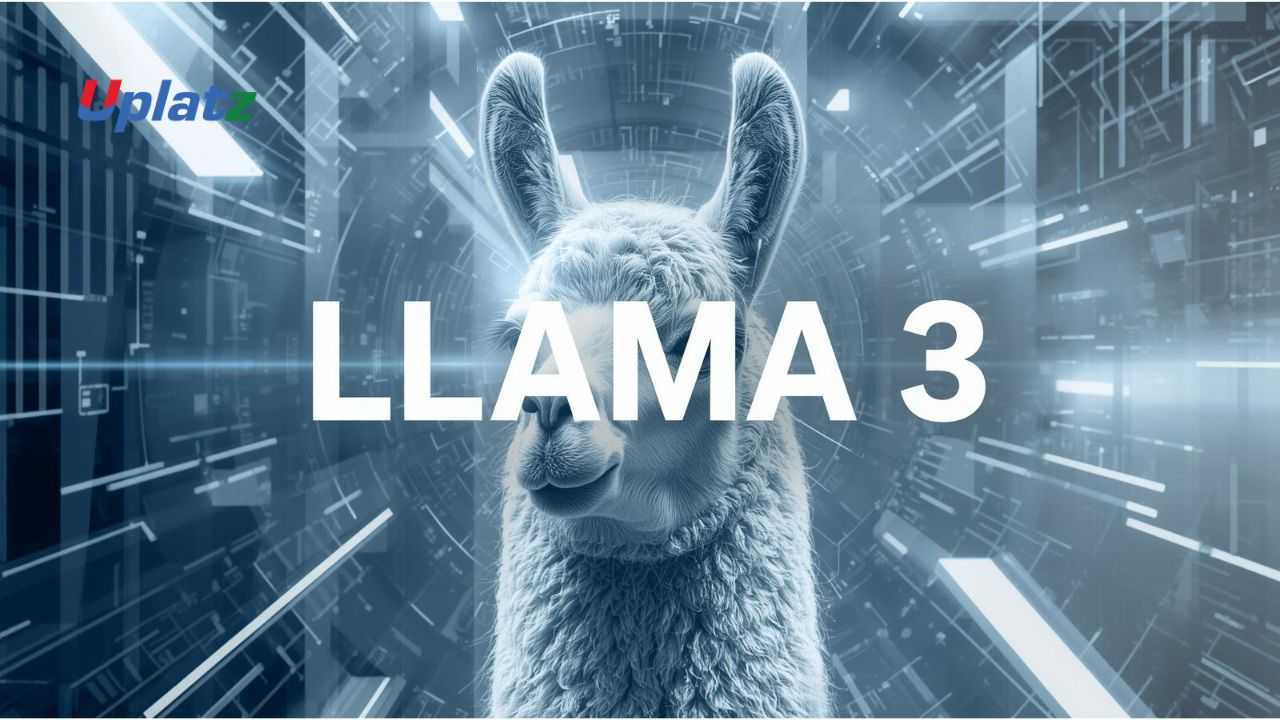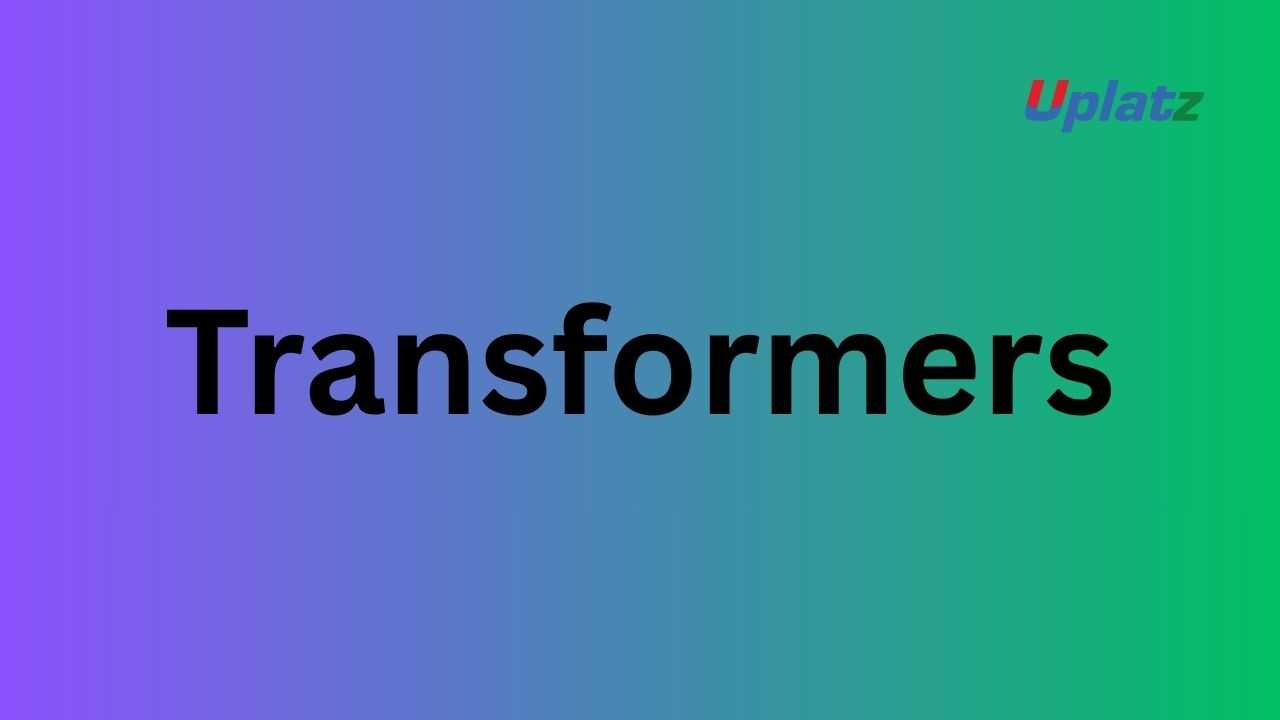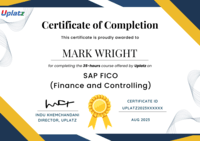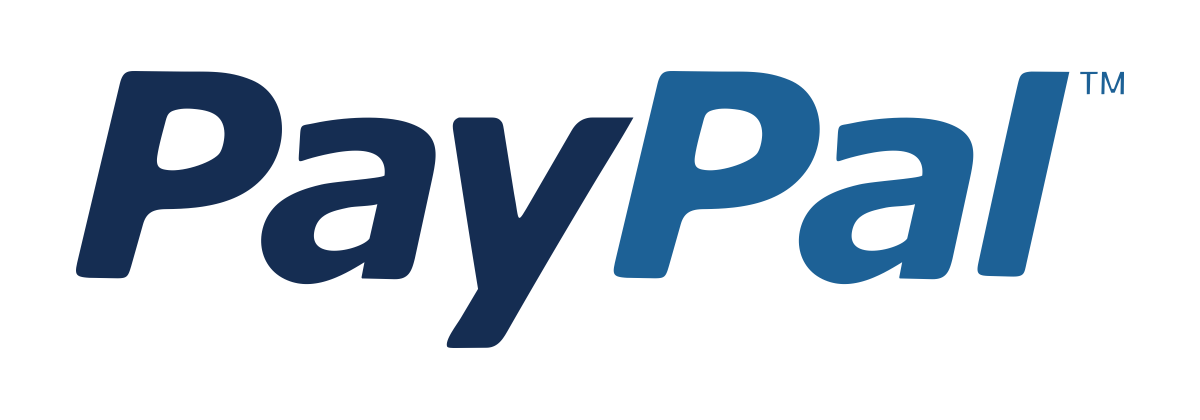Gemma
Master Gemma and Gemma 2 models, build enterprise-class AI assistants, and learn efficient training, fine-tuning, and deployment workflows across clou Price Match Guarantee
Full Lifetime Access
Access on any Device
Technical Support
Secure Checkout
Course Completion Certificate
Price Match Guarantee
Full Lifetime Access
Access on any Device
Technical Support
Secure Checkout
Course Completion Certificate
 97% Started a new career
BUY THIS COURSE (
97% Started a new career
BUY THIS COURSE (GBP 12 GBP 29 )-
 86% Got a pay increase and promotion
86% Got a pay increase and promotion
Students also bought -
-

- Llama
- 10 Hours
- GBP 12
- 10 Learners
-

- Mistral
- 10 Hours
- GBP 12
- 10 Learners
-

- Transformers
- 10 Hours
- GBP 12
- 10 Learners

As the demand for practical, efficient, and open large language models grows, organizations are turning toward lightweight yet powerful LLMs that can run on varied infrastructures — from cloud GPUs to everyday laptops. Google’s Gemma family of open models has quickly emerged as a leader in this space. Designed for real-world development, Gemma provides strong reasoning, multilingual capabilities, and efficient inference without the heavy hardware requirements associated with giant models like GPT-4 or PaLM.
Gemma models strike the perfect balance between performance, openness, and efficiency, enabling teams to build secure, domain-specific AI systems without the cost of massive cloud deployments. Because Gemma is fully open, developers can inspect weights, run it offline, customize its behavior, and comply with strict enterprise privacy policies. This makes Gemma extremely attractive for organizations in healthcare, finance, government, education, and edge-AI applications.
The Gemma course by Uplatz gives learners a practical and comprehensive mastery of the Gemma ecosystem — including Gemma 1, Gemma 2, CodeGemma, and related variants. You will learn how to load, run, fine-tune, evaluate, and deploy Gemma models using industry-standard frameworks such as Hugging Face, JAX, TensorFlow, PyTorch, and Google Cloud Vertex AI. You will also explore PEFT methods like LoRA and QLoRA to fine-tune Gemma efficiently on a single GPU.
🔍 What Is Gemma?
Gemma is Google’s family of lightweight, open large language models built on the same research foundations as Gemini. Gemma provides:
-
Open weights
-
Smaller sizes (e.g., 2B, 7B)
-
Strong performance across benchmarks
-
Easy fine-tuning capability
-
Multilingual reasoning
-
Safe and responsible-usage tooling
-
Highly efficient inference for low-cost hardware
Gemma models support a wide range of tasks including:
-
Chatbots and conversational systems
-
Document intelligence
-
Content generation
-
Coding assistance
-
Retrieval-Augmented Generation (RAG)
-
Question answering
-
Translation and summarization
The openness of Gemma allows developers to deeply customize and deploy models anywhere — cloud, on-prem, mobile devices, or edge systems.
⚙️ How Gemma Works
Designing efficient AI systems using Gemma requires understanding its architecture and optimization techniques. This course breaks down key components:
1. Transformer Foundation
Gemma is built on an enhanced transformer architecture with:
-
Multi-head attention
-
Rotary positional embeddings (RoPE)
-
Mixture-of-Depth mechanisms
-
Optimized feed-forward layers
2. Pretraining & Instruction Tuning
Gemma is pretrained on high-quality multilingual datasets and refined using:
-
Instruction-following data
-
Safety-aligned datasets
-
Code-focused corpora (for CodeGemma)
3. Fine-Tuning Workflows
The course explores efficient fine-tuning using:
-
LoRA
-
QLoRA (4-bit quantization)
-
Adapters
-
Supervised fine-tuning (SFT)
-
RLHF (Reinforcement Learning from Human Feedback)
4. Inference & Optimization
Gemma supports powerful inference optimization including:
-
Quantization (4-bit, 8-bit)
-
Mixed precision
-
KV cache optimization
-
FlashAttention kernels
5. Deployment & Tooling
Learn to deploy Gemma across:
-
Hugging Face Transformers
-
Google Vertex AI
-
Colab, Kaggle, and on-prem servers
-
FastAPI and serverless endpoints
-
Mobile & edge devices using ONNX or TFLite
This creates a full end-to-end workflow suitable for enterprise AI development.
🏭 Where Gemma Is Used in the Industry
Gemma is particularly valuable because it is open, lightweight, and enterprise-friendly.
1. Healthcare
Secure clinical assistants, summarization, triage tools.
2. Finance
Risk modelling, fraud detection pipelines, compliance automation.
3. Education & Research
Tutoring AI, language models for coursework, research assistants.
4. Retail & E-commerce
Customer support bots, product recommendation engines.
5. Software Engineering
Code completion, debugging assistants (CodeGemma).
6. Government & Public Sector
Privacy-focused AI systems that must run on secure, local servers.
7. Edge-AI Applications
Smart devices, on-device NLP, offline assistants.
Gemma is one of the most open and flexible options for organizations requiring full control over their model.
🌟 Benefits of Learning Gemma
Learners gain:
-
Mastery of lightweight open LLMs
-
Practical skills to run and fine-tune models efficiently
-
Experience deploying models on low-cost hardware
-
Ability to build enterprise-grade chatbots and assistants
-
Understanding of quantization, optimization, and memory-efficient tuning
-
Knowledge of Google’s AI ecosystem (Vertex AI, JAX, TFLite)
-
Competitive advantage in LLM engineering and AI product development
Gemma skills are in high demand across the AI industry.
📘 What You’ll Learn in This Course
You will explore:
-
The architecture behind Gemma and Gemma 2
-
Running Gemma models on GPUs and CPUs
-
Fine-tuning using LoRA/QLoRA
-
Working with Hugging Face Transformers + Gemma
-
Prompt engineering & instruction tuning
-
Safety alignment and responsible AI usage
-
Deploying Gemma using FastAPI and cloud services
-
Building domain-specific assistants
-
Handling multimodal or retrieval-augmented workflows
-
Capstone: Build and deploy your own Gemma-based AI assistant
🧠 How to Use This Course Effectively
-
Start with the basics of transformer architecture
-
Run Gemma inference locally
-
Learn quantization and optimization techniques
-
Practice LoRA/QLoRA fine-tuning
-
Integrate Gemma into real business applications
-
Deploy your final project using cloud or on-prem servers
👩💻 Who Should Take This Course
-
Machine Learning Engineers
-
NLP Developers
-
AI Product Engineers
-
LLM Developers
-
Data Scientists
-
Students entering AI engineering
-
Enterprise teams building secure domain-specific AI models
Basic Python + PyTorch or JAX knowledge helps but is not required.
🚀 Final Takeaway
Google’s Gemma models offer unmatched flexibility, performance, and efficiency in the open LLM world. By mastering Gemma through this course, learners gain the ability to fine-tune, customize, and deploy advanced AI systems while maintaining full control over privacy, cost, and security. Whether you are building chatbots, enterprise assistants, document intelligence tools, or coding copilots — Gemma provides the perfect foundation for real-world AI innovation.
By the end of this course, learners will:
-
Understand Gemma architecture and model variants
-
Run Gemma & Gemma 2 efficiently on low-cost hardware
-
Fine-tune Gemma using LoRA, QLoRA, and PEFT tools
-
Build domain-specific NLP and generative AI applications
-
Deploy models across cloud, on-prem, and edge devices
-
Use Gemma safely and responsibly in enterprise settings
-
Develop a complete Gemma-based AI assistant
Course Syllabus
Module 1: Introduction to Gemma
-
Origins and research foundations
-
Gemma vs other open LLMs
Module 2: Architecture & Tokenization
-
Transformer blocks
-
Attention mechanisms
-
Tokenizer workflows
Module 3: Running Gemma Locally & on GPU
-
CPU/GPU inference
-
Quantization (4-bit, 8-bit)
Module 4: Fine-Tuning Gemma
-
LoRA, QLoRA, Adapters
-
Supervised fine-tuning (SFT)
-
Instruction tuning
Module 5: Using Gemma with Hugging Face
-
Transformers + PEFT
-
Training scripts
-
Evaluation
Module 6: Safety & Responsible AI
-
Safe generation
-
Toxicity & hallucination control
Module 7: Enterprise Deployment
-
Vertex AI deployment
-
FastAPI/Streamlit app
-
On-premise & secure servers
Module 8: RAG + Gemma
-
Embeddings
-
Vector search
-
Knowledge-grounded responses
Module 9: CodeGemma
-
Code generation and debugging
-
IDE integration
Module 10: Capstone Project
-
Build a complete Gemma-powered enterprise AI assistant
Learners will receive a Uplatz Certificate in Gemma & Open LLM Development, validating expertise in fine-tuning, optimizing, and deploying Google’s Gemma models for enterprise AI applications.
This course prepares learners for roles such as:
-
LLM Engineer
-
NLP Engineer
-
GenAI Developer
-
AI Product Engineer
-
Machine Learning Engineer
-
Applied AI Researcher
-
Enterprise AI Architect
1. What is Gemma?
An open, lightweight family of Google LLMs designed for efficient, customizable AI development.
2. What sizes does Gemma come in?
Typically 2B and 7B parameters, with Gemma 2 offering improved variants.
3. How does Gemma differ from Gemini?
Gemini is proprietary and much larger; Gemma is open-weight and optimized for local or low-cost use.
4. What is CodeGemma?
A Gemma variant specialised for coding tasks like completion and debugging.
5. Which fine-tuning methods work with Gemma?
LoRA, QLoRA, Adapters, Prefix-Tuning, SFT.
6. Can Gemma run on a single GPU?
Yes — especially with 4-bit or 8-bit quantization.
7. What frameworks support Gemma?
Hugging Face, PyTorch, JAX, TensorFlow, Vertex AI.
8. What tasks can Gemma perform?
Chat, text generation, coding, summarisation, document Q&A, multilingual tasks.
9. Is Gemma suitable for enterprise use?
Yes — it supports on-prem, private cloud, and offline deployments.
10. How do you deploy Gemma?
Using FastAPI, Vertex AI, Hugging Face Inference, ONNX Runtime, or local hosting.









